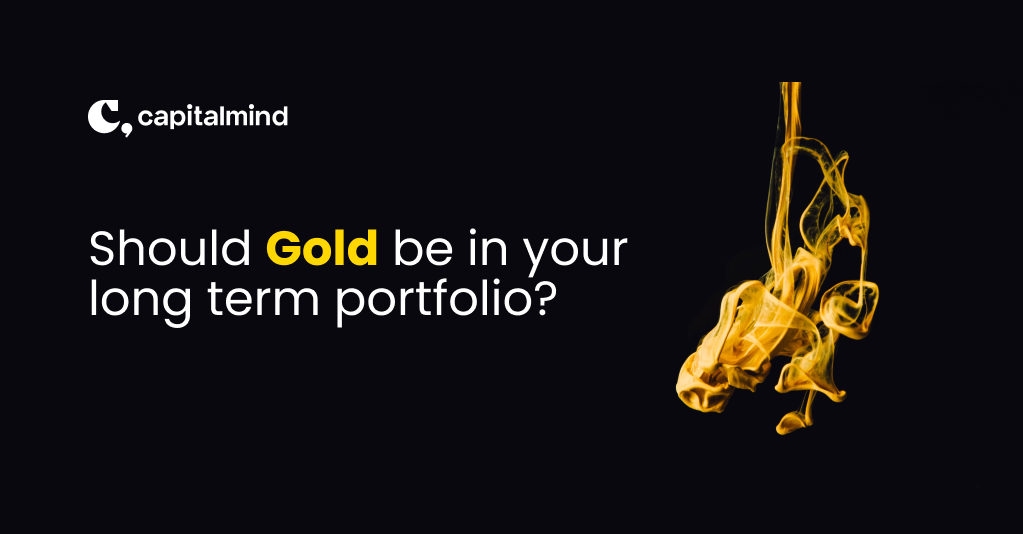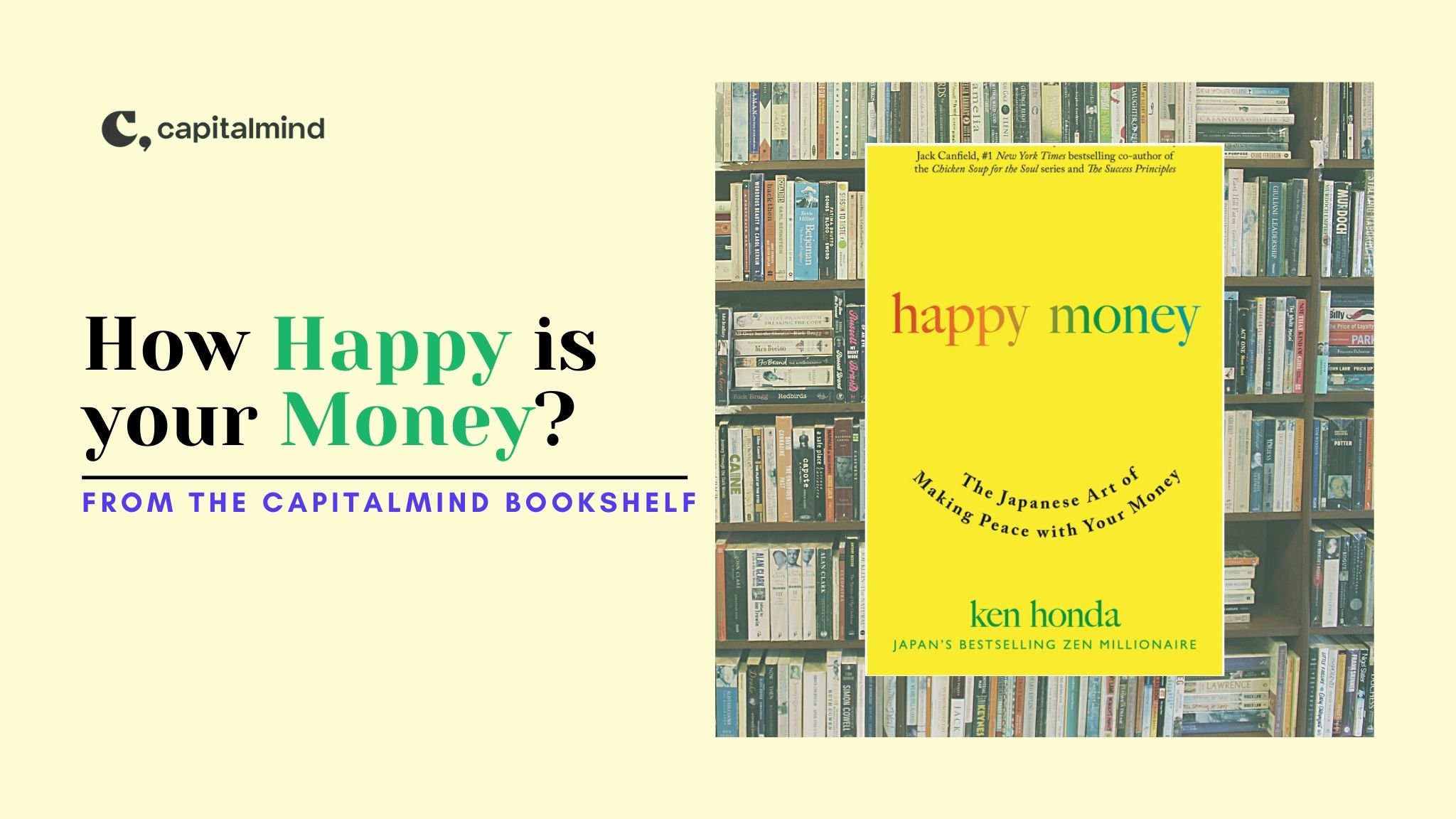With equities and bonds struggling in 2022, globally and in India, it’s worth taking a fresh look at whether Gold should play a role in your portfolio.
Does Gold serve as an effective inflation hedge? Does it play a part as an asset in a long-term portfolio? We also examine a Dual-Momentum Gold-Nifty Strategy versus Buying and Holding the Nifty.
Gold has been around as a store of value for a couple of millennia, probably longer, because of how little there is and how difficult it is to get out of the earth. All the Gold mined would fit in a crate with sides of 21 meters. That’s roughly the length of three and a half standard containers.
Gold has formed the basis of the international monetary system in modern history, first as the classical gold standard and then the Bretton Woods system. The latter was devised after World War II, pegging international currencies to the US Dollar, and the US Dollar to a specified amount of Gold. President Nixon formally severed the USD’s connection with Gold in 1971.
And yet, Gold continued to see demand in the subsequent decade as a dependable, durable store of value. During geopolitical and financial market turmoil, it has traditionally been considered an inflation hedge and a safe-haven asset.
That perception changed in the last decade, as Gold lagged inflation. According to the World Gold Council, global gold demand has been slowing. From 4.7k tons in 2011 to 4.3k tons in 2019 before taking a further hit in 2020, followed by a slight recovery in 2021. After declining for seven years, the price of Gold crossed its 2012 price when the pandemic hit and has stayed there roughly.
With equities and bonds struggling in 2022, globally and in India, it’s worth taking a fresh look at whether Gold should play a role in your portfolio.
Historical Gold prices in India
Government duties have traditionally distorted Gold’s performance in India. The chart shows the price of Gold in India versus XAU, the global code for the one troy ounce, converted to 10gm in INR, and the premium in India over the worldwide price.

The grey line (RHS axis) shows the “premium” to global gold price in India was as high as 70% in the early 90s, gradually reducing to almost zero in 2006, rising again to over 20% in 2013 and settling between 8 and 12% in the last few years.
Therefore, the Indian investors’ return from Gold depends not just on the price of the metal but on the prevalent duty. For instance, between Jan 1990 and 1994, the price of Gold went up 76% in INR terms. But Gold’s (legal) buyer in India would have seen only a 26% increase in value as the premium from duty was slashed, from nearly 64% in Jan 1991, down to ~17%, a 3/4th reduction, significantly reducing her return.
Gold vs Inflation
Has Gold worked as an inflation hedge in India? It depends on how you look.
You would expect that inflationary periods would result in a weaker currency, and therefore Gold’s price would appreciate adjusting for the weaker currency and offer a hedge against inflation.
But the relationship between gold returns and inflation seems weak at best.
The two charts below are scatterplots of inflation (x-axis) versus one-year returns from Gold (y-axis) from 1995 to 2012 and since 2013.

Gold’s lowest returns cluster around periods of low inflation. As inflation inched up, so did returns from Gold, well, roughly. But that hasn’t been the case in the last decade, as the following chart shows.

Note how before 2013, inflation prints of 10%+ were standard, but since 2013, 8% and below have been the norm.
10 year rolling returns on Gold show its just about meeting inflation in rupee terms. Nifty’s done quite well overall (including dividends). Even PPF is doing well.
(Inflation = CPI inflation) pic.twitter.com/XiDqCj4CZv
— Deepak Shenoy (@deepakshenoy) June 15, 2022
As the last decade has coincided with lower inflation and more robust performance by other asset classes like equity, Gold’s ability to effectively counteract inflation when it does appear seems to have weakened.
Gold as an asset
Here’s where it gets interesting. Consider the chart showing cumulative performance of ₹100 invested in Gold versus the NIFTY Total Return Index, i.e. includes dividends.

The shaded regions indicate where Gold outperformed the Nifty.
As we’d expect, over the last 22 years, Gold trails the equity benchmark, but it’s not as much of a slam dunk as we’d expect.
The table below summarises the performance of the two hypothetical portfolios, Gold-only and Nifty-only, from 1999 to June 2022.


The difference between the two portfolios is 2.1% annually, which is significant when compounded over a long time, no doubt, but still comparable to the gap you might see between the best-performing active mutual fund and its category median.
Choice of starting points in cumulative analysis can significantly impact conclusions. 2000 to 2003 was a good phase for Gold and a bad one for equities. Applying different rolling return lenses helps mitigate starting point bias.
The chart below compares three-year rolling returns. The note at the bottom of the chart shows what percentage of the time Gold outperformed on a rolling return basis.

There were significant periods where Gold’s aggregate 3-year return eclipsed the Nifty, but the Nifty’s 3-year returns show higher peaks, confirming the lumpy nature of equity returns.
The charts below compare five-year and ten-year rolling returns.


Over longer time frames of returns, too, Gold outperforms equities, 34% of the time over 5-year rolling and 39% over 10-year rolling periods. However, when equities outperform, they do it by a more significant margin than Gold.
The table summarises the performance of Gold vs the Nifty from July 1999 to May 2022 over different rolling return windows.

Harnessing Gold’s lower volatility
Gold offers some comfort in times of equity market volatility but trails the NIFTY in the long run. So, is there a way to harness the lower volatility of Gold to improve long-term portfolio performance?
We examined a quick and straightforward Nifty-Gold Dual Momentum strategy. Here’s how it works:
- The portfolio holds either Nifty or Gold at any given time. We used a Gold ETF (Goldbees) in our analysis
- Switches between Nifty and Gold depending on which asset has higher return over the last year
- Reviews monthly (which might seem frequent but results in only 23 trades over 17 years)
The chart shows how a strategy that invests INR 1L at the beginning of 2005 compares with the Nifty Buy and Hold strategy.

The shaded regions show when the Dual-Momentum strategy shifts to Gold based on a quantitative rule.
The return outcome using both approaches is similar. ₹1L grows to ₹7.7L if you buy and hold the Nifty, and marginally higher to ₹8.4L in a Nifty-Gold Dual Momentum strategy. What’s more notable (and visually apparent) is how much less volatility the Dual momentum strategy undergoes over the same period while offering comparable returns.
The table below summarises performance, volatility, and the worst drawdown both portfolios would have seen.

The takeaway for long-term investors for the cases for and against allocating to Gold:
- Gold has not been as effective as an inflation hedge in the last decade.
- Its long-term returns trail the Nifty as an asset, though it can shine (pardon the pun) over short periods.
- Over shorter time horizons, Gold prices are not correlated with the Nifty, which can reduce portfolio volatility.
- A permanent allocation to Gold is unlikely to help surpass long-term equity returns but might help manage emotions to keep your equity SIPs going in volatile times.
- Historical analysis shows a Nifty-Gold dual momentum strategy that switches between Nifty and Gold ETF offers comparable returns to the Nifty with lower volatility.
Further Reading:
Why the Sovereign Bond Gold Scheme is better than buying Gold ETFs
The Gold Standard and Deflation
This slack thread on the best way to own Gold – SGBs
Let us know your feedback on premium@capitalmind.in or if you are a premium subscriber — let’s start a conversation on the #bonds-and-funds channel on slack!
Disclaimer: This article and the analysis presented are for informational purposes only. Nothing mentioned here is investment advice.




